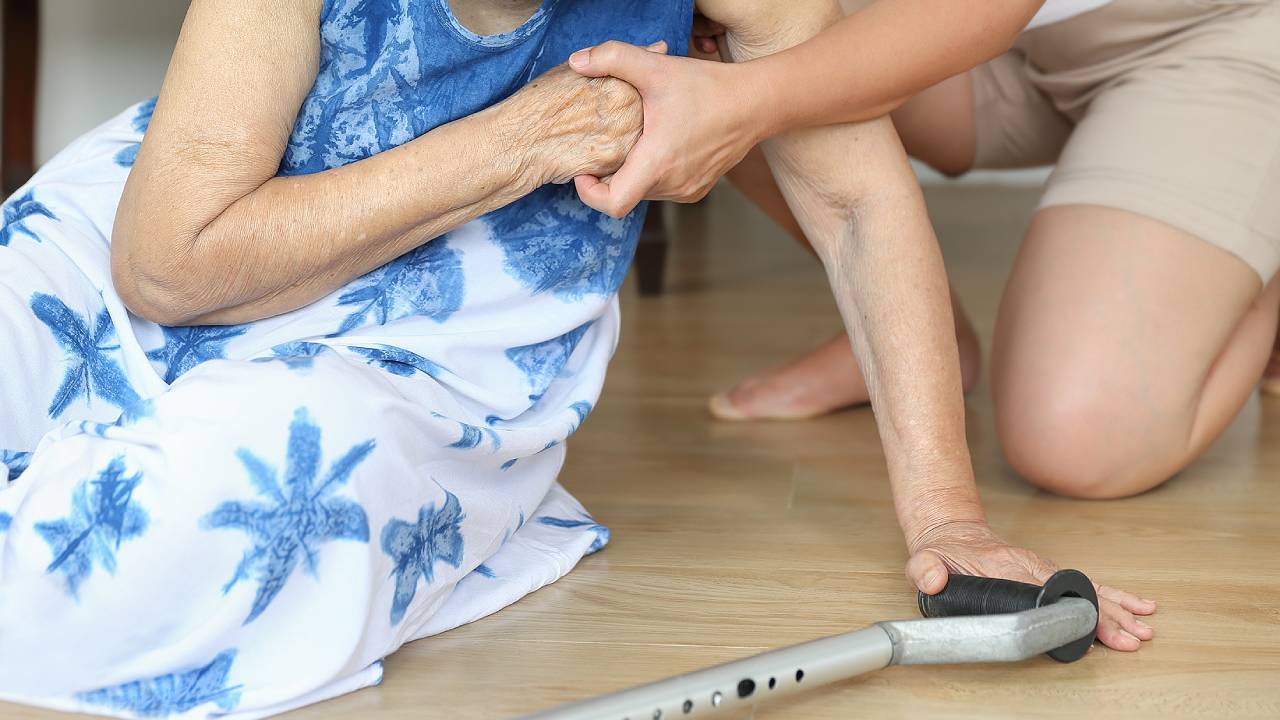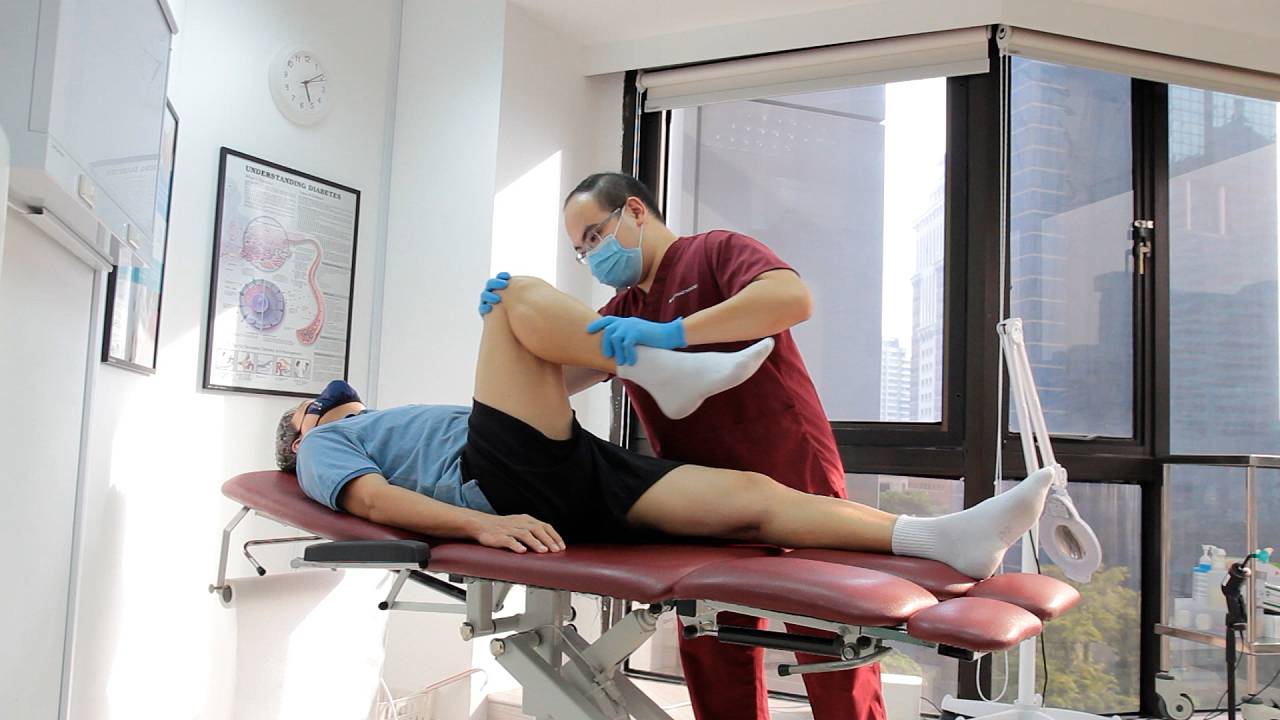
Falls are a leading cause of injury among the elderly in Singapore. Globally, almost 1 in 3 people over the age of 65 experience at least once a year and the risk of subsequent falls increases drastically after a fall.1
As we age, our biological and physiological systems deteriorate. Changes such as weaker and smaller muscles, impaired visual, vestibular, and proprioceptive systems, slower reaction time, and impaired walking gait contribute to a greater risk of falls. Those with medical conditions such as arthritis, diabetes, hypertension, or are at greater risk for strokes should be closely monitored as these can also interfere with balance and mobility. Medications for these conditions may also affect vision, alertness, and balance, indirectly contributing to the risk of falls.
Many older people experience falls at home due to environmental hazards such as poor lighting, uneven and wet floors, loose mats, and clutter which greatly increase the chances of tripping.
Effects of a Fall
Falls are associated with serious repercussions such as decline in quality of life and loss of normal function. More serious injuries such as fracture or head injuries typically have long-lasting impacts and are often associated with increased morbidity and mortality.
Experiencing a fall can also lead to the development of psychological fear and may result in the loss of independence, restriction of lifestyle activities and choices, social isolation, and depression. In many cases, this self-imposed idleness and reduced level of physical activity leads to a vicious cycle of continuous physical deterioration and further increases the risk for falls.

How Can Your Podiatrist Help Prevent Falls?
For individuals who have fallen before or often feel unstable, a podiatrist can help identify underlying causes such as biomechanical or gait abnormalities. From here, our podiatrists can correct your gait pattern using customised orthotics, prescribe strength and balance exercise programmes, and give advice on proper footwear.
Furthermore, utilising non-invasive and highly effective podiatric technologies can be incorporated to facilitate recovery from falls. For instance, Super Inductive System (SIS) and Shockwave Therapy can be used alongside rehabilitation to optimise pain relief and promote tissue healing. These advanced approaches ensure that patients remain as mobile as possible during the healing process as compared to traditional therapy that require more rest over a longer recovery period.
Things Your Caregiver Can Do to Prevent Falls
Most falls tend to occur at home due to the lack of basic home safety such as keeping the floor dry and clear of clutter, keeping frequently used items in easily accessible places, and ensuring rooms are well-lit.
Wearing slippers or socks with jelly grips on the base can help to increase traction and grip on slippery surfaces while offering added protection to the skin on the feet, specifically from falling objects or from bumping into large solid furniture. If needed, grab bars can also be installed in bathrooms for extra support.
Well-moisturised feet also ensure a hydrated, callus-free intact skin barrier that is as sensate as possible to ensure patients can feel the floor while they are ambulating. The increased sensation also helps patients remain aware of injuries to their feet while improving their sense of balance. Care must be taken to ensure that the use of any slick, oily, or moist substances should be minimised in order to reduce the risk of falls.




